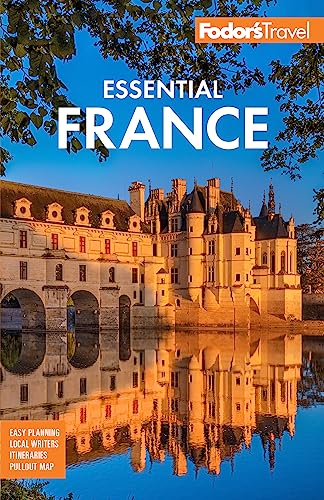Getting Oriented
The northern half of the island (Haute Corse) is generally wilder than the southern half (Corse du Sud), which is hotter and more barren. Southern Corsica's archaeological site at Filitosa, the towering rippling rock of Col de Bavella, its majestic Laricio pine forest, and the ancient town of Bonifacio all rank indisputably among the island's finest treasures. One of the prettiest drives is the tour around the northward-pointing finger of Cap Corse. Don't hesitate to drive into the interior highlands, which also represent the true Corsica; if you spend too much time at sea level you'll be missing the remote villages and dramatic heights for which the island is famous.
- Corse du Sud. Southern Corsica prides itself on its picturesque coastline, ancient hilltop villages, fortified cities, prehistoric sites, and breathtaking natural wonders. The regional capital of Ajaccio, Napoléon’s birthplace, remains the island’s modern commercial hub. Famous for its dramatic white limestone clifftop setting, historic Bonaficio is the stunning backdrop to the postcard-perfect marine reserve surrounding the Lavezzi Islands—a UNESCO World Heritage Site.
- Haute Corse. The natural savage beauty that defines northern Corsica begins in the lush promontory of Cap Corse, with its mountain ridges running down the peninsula’s center to traditional fishing villages and picturesque harbors. The north is also renowned as an important wine-producing region where some of the finest vineyards benefit from the area’s fertile soil and perfect temperatures.




